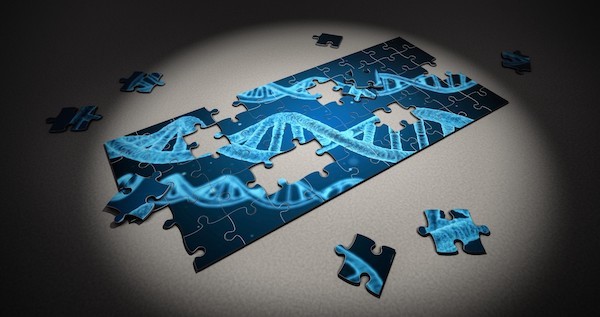Members Login

Channels
Special Offers & Promotions
New Case Study | Gene Editing - Applications and Ethics
The words of Nobel laureate Sydney Brenner, “Progress in science depends on new techniques, new discoveries and new ideas, probably in that order”, could not be more true for gene editing.
Here, Maya Raghunandan, freelancer for online platform for freelance scientists Kolabtree and molecular biologist, explains some key applications of gene editing and its ethical implications.
Gene editing applications span various industries, most notably food and healthcare. It refers to specific, intentional alterations to the DNA sequence of a cell, tissue or organism to effect a desired change. The alterations range from a simple base pair insertion to large deletions. Gene editing relies on DNA-cutting enzymes called nucleases and the cells’ own DNA repair machinery.
The three main gene editing techniques involve zinc-finger nucleases (ZFNs), transcription activator-like effector nucleases (TALENs) and clustered regularly inter-spaced short palindromic repeats (CRISPR), along with Cas9 protein. The advent of the CRISPR-CAS9 technology in 2012 made gene editing much less cumbersome and more user friendly.
Gene editing applications: crops and livestock
The world is already facing a scarcity in food supply, which can only be expected to get worse with the changing climate and uncertain water supplies. Therefore, it is important to generate crops that are more resistant to droughts, cold temperature, pests and other infectious agents. However, while doing so, we must ensure we do not create a highly invasive species of crop that may have detrimental impact on the environment.
Livestock should also be an area of focus due to the population’s high meat consumption, A primary objective while modifying livestock genes is to increase the amount of lean muscle, to make them more valuable for consumption. Gene editing is advantageous over conventional breeding strategies because it’s possible to change the genome of an entire generation in a single go.
Gene editing applications: clinical therapies
Gene therapy holds the promise to correct several genetic disorders including sickle cell anemia, Huntington’s disease and muscular dystrophy. While most gene editing strategies in a clinical setting use an ex-vivo approach, some diseases may not be amenable to these practices. In such cases, in vivo delivery of gene editing tools must be used.
In very special cases, where prospective parents have an elevated risk of having offspring with debilitating genetic disorders, we may need to consider germline editing, which means editing the DNA in gametes. This will allow us to eliminate the diseased gene completely from the lineage and prevent transmission to future generations. As of 2017, we are now capable of genetically editing human embryos. But just because we can, does it mean we should?
How do we decide which cases warrant germline or embryo editing? Who draws the line for ex vivo versus in vivo therapy? One may argue that gene editing should be allowed for devastating genetic ailments, like Huntington’s disease. But what about people with less life-threatening disabilities, such as dwarfism or hereditary blindness or deafness?
There is also a strong ethical debate about modifying non-pathological human traits for cosmetic purposes. One can envision a scenario in which having a less “appealing” physical feature may cause mental distress and warrant a cosmetic enhancement.
So, to edit or to not edit genomes? While we have achieved the technical ability to edit genomes, scientists still need to discuss and address not just the ethics of editing, but also the safety of the organism and the potential impact on the environment. Regulatory bodies must specify which genetic diseases warrant gene editing and who gets access to this technology. Would it be only for the rich, who can afford it; or for the poor populations and tribes, where a devastating genetic disease may be more prevalent?
From a technology point of view, we are on an unprecedented path of discovery and invention for improving gene editing. The only thing stopping us now is our imagination. Soon, we will be armed with a minimal to no side-effect technology for gene editing. Hence, now is the time to start talking about the ethical burden on this groundbreaking road to a better and healthier world.
Media Partners



